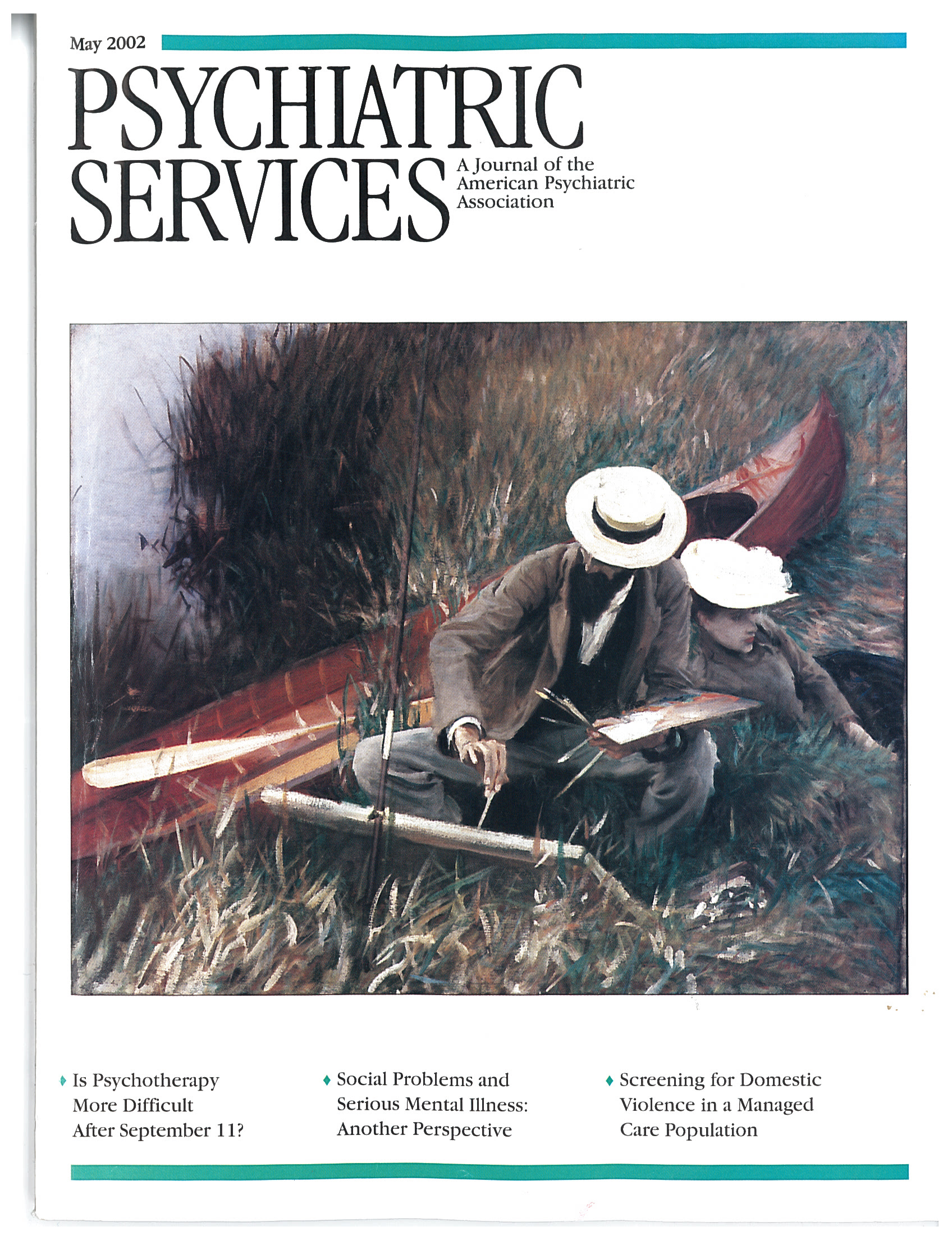The Psychology of Women: Psychoanalytic Perspectives
Mirror, mirror, on the wall; pretty girls don't play ball. BE UGLY!" This cheer by 11-year-old girls' soccer teams, along with their unselfconscious use of all body parts to hit the ball, is testimony to the opportunities and views of women in the United States at the dawn of the 21st century.
This book, too, is such testimony. For mental health professionals it is also a fascinating compilation of essays on thinking and observations in progress on the psychology of women. Designed as a follow-up to a first volume (1) that questioned the so-called classical formulations of female development, The Psychology of Women and the accompanying artwork demonstrate that psychoanalysis has—slowly, surely, and refreshingly—undergone dynamic changes in the past 25 years.
Although written by psychoanalysts for psychoanalysts, this book will be of interest to all allied mental health professionals—those working with women patients or staff, those dealing with gender issues within the milieu, and those who reflect on their own gender relationships. As a psychiatrist interested in gender issues in severe mental illness and as a psychoanalyst, a woman, a mother, and a grandmother, I found much of interest here. It is, after all, the depth of the psychology of human relationships that drew most of us to this field—a central fascination that can too easily get sacrificed to the logistics of everyday work.
Two short introductory essays and a section entitled "Freud and the Feminine" are followed by five additional sections that address the theory of the psychology of women (seven contributions), the body in the psychology of women (six), motherhood (four), the psychology of female homosexuality (one), and women and training and research (two). These papers were selected from among 45 received in response to a call for papers on the psychology of women by the Journal of the American Psychoanalytic Association in 1994. They represent a broad selection of topics, and they are clearly expressed, with little jargon, and well edited for understandability. All but two of the authors are women, which reflects a change in the demography of psychoanalysts. My only criticism is that the book does not include a list of contributors, which could have identified authors by training or location.
Without exception, the pieces are outstanding and thought-provoking, and each in itself deserves a review the length of this one. Theoretically, the recurrent theme is to move—as the title of a paper by Bassin has it— "Beyond the He and the She" to individual meanings of gender for each person in the context of personal development and relationships, especially the relationship with the treating analyst.
Clinical vignettes in many of the papers are richly evocative and reflect the value of appreciating the complexity of sexual organization and not forcing female behavior or fantasy into any single normative model. My favorite essays are Chodorow's "Theoretical Gender and Clinical Gender: Epistemological Reflections on the Psychology of Women," which is especially thorough and accessible, its title notwithstanding; Richards' "Primary Femininity and Female Genital Anxiety," which illuminates and attempts to classify various female fears—of penetration, loss of pleasure, loss of procreative function, loss of partner; and Wilkinson and associates' "Can We Be Both Women and Analysts?" in which a group of women candidates from the Topeka Institute reflect openly on what it means to be women in life and in training to become analysts in a place where no woman has been in a leadership position for decades—a theme that will resonate with many readers facing gender issues in their work settings. I commend the entire volume as a book for reference and reflection.
Dr. Apfel is clinical associate professor of psychiatry at Harvard Medical School and the Harvard Longwood psychiatric training program.
1. Blum HP (ed): Female Psychology. New York, International Universities Press, 1976Google Scholar



